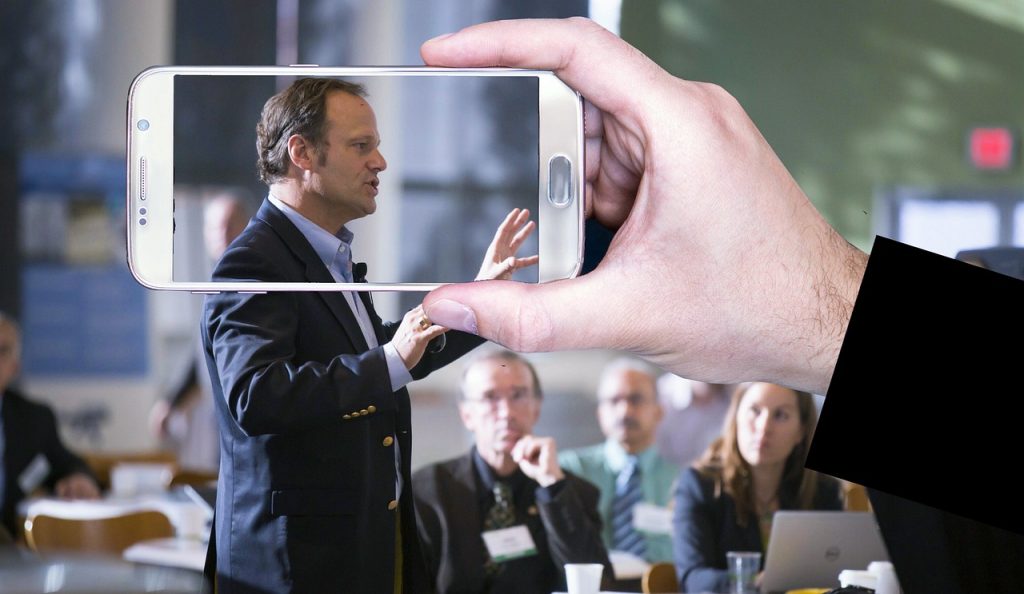Around 63 studies from 1994 to 2022 were evaluated by the World Health Organization (WHO), with a relieving result.
The possibility that cell phones could cause cancer has long been a controversial issue. Cell phones—and wireless technologies in general – are an important part of our daily lives. Therefore, it has been crucial for the scientific community to address the safety of radiation exposure from these devices. Over the years, the scientific consensus has been confirmed that there is no link between the radio waves from cell phones and brain tumors or health in general. Despite this consensus, occasional research studies have been published suggesting the possibility of harm.
A comprehensive review of the best available evidence commissioned by the World Health Organization (WHO) has now concluded that there is no link between brain tumors and cell phones. Led by the Australian Radiation Protection and Nuclear Safety Agency (Arpansa), the review examined more than 5,000 studies, identifying the most scientifically robust and excluding weak studies. The final analysis included 63 observational studies in humans published between 1994 and 2022, making it “the most comprehensive review to date,” said the study’s lead author, Professor Ken Karipidis: “We concluded that there is no association between cell phones and brain tumors or other cancers of the head and neck.”
The study focused on cancers of the central nervous system (including the brain, meninges, pituitary gland, and ear), salivary gland tumors, and brain tumors. The study found no overall association between cell phone use and cancer, no association with prolonged use (when people use their cell phones for 10 years or more), and no association with the amount of cell phone use (the number of calls or time spent on the phone).
“I’m pretty confident about our conclusion. And what makes us very confident is that brain tumor rates have remained stable despite the jump in cell phone use,” Karipidis said. Cell phones—like anything that uses wireless technology, including laptops, radio and television transmissions, and cell towers – emit radio-frequency electromagnetic radiation, also known as radio waves.
According to Karipidis, this radiation is not comparable to nuclear radiation. But the very word “radiation” makes people assume that it is. “And because we use a cell phone near our head when we’re on the phone, there’s a lot of concern.” In fact, we are constantly exposed to weak radio waves, such as UV radiation from the sun, daily. While still low, cell phone exposure is much higher than exposure from other wireless technology sources because phones are used close to the head, Karipidis said.
The link between cell phones and cancer arose from early studies in which researchers examined differences between a group of people with brain tumors and a separate group without cancer by asking both about their exposure history. The results of these types of studies tended to be biased because while the group without tumors provided good information, the group with tumors tended to overstate their exposure, Karipidis said. Based on some of these early studies that showed a possible link to brain tumors with hours of cell phone use to the head, the WHO’s International Agency for Research on Cancer (IARC) designated radiofrequency fields such as those from cell phones as a possible cancer risk.
Although many citizens are concerned about the IARC classification, “this classification does not mean much.” The IARC has different classifications of cancer risk, whereby substances can be classified as “definitely” carcinogenic (like smoking) or as “probably” or “possibly” carcinogenic. By classifying radiofrequency electromagnetic fields as a possible carcinogen in 2011, the WHO put them on a par with hundreds of other substances for which evidence of harm is uncertain, such as aloe vera, pickled vegetables, and working in a dry cleaner.
Since this classification, Karipidis says many more cohort studies have been published that do not rely on people remembering their previous exposure. However, with the advancement of technology, it is important to continue the research, he said.
- source: APA/picture: Image by Foundry Co from Pixabay
This post has already been read 5061 times!



